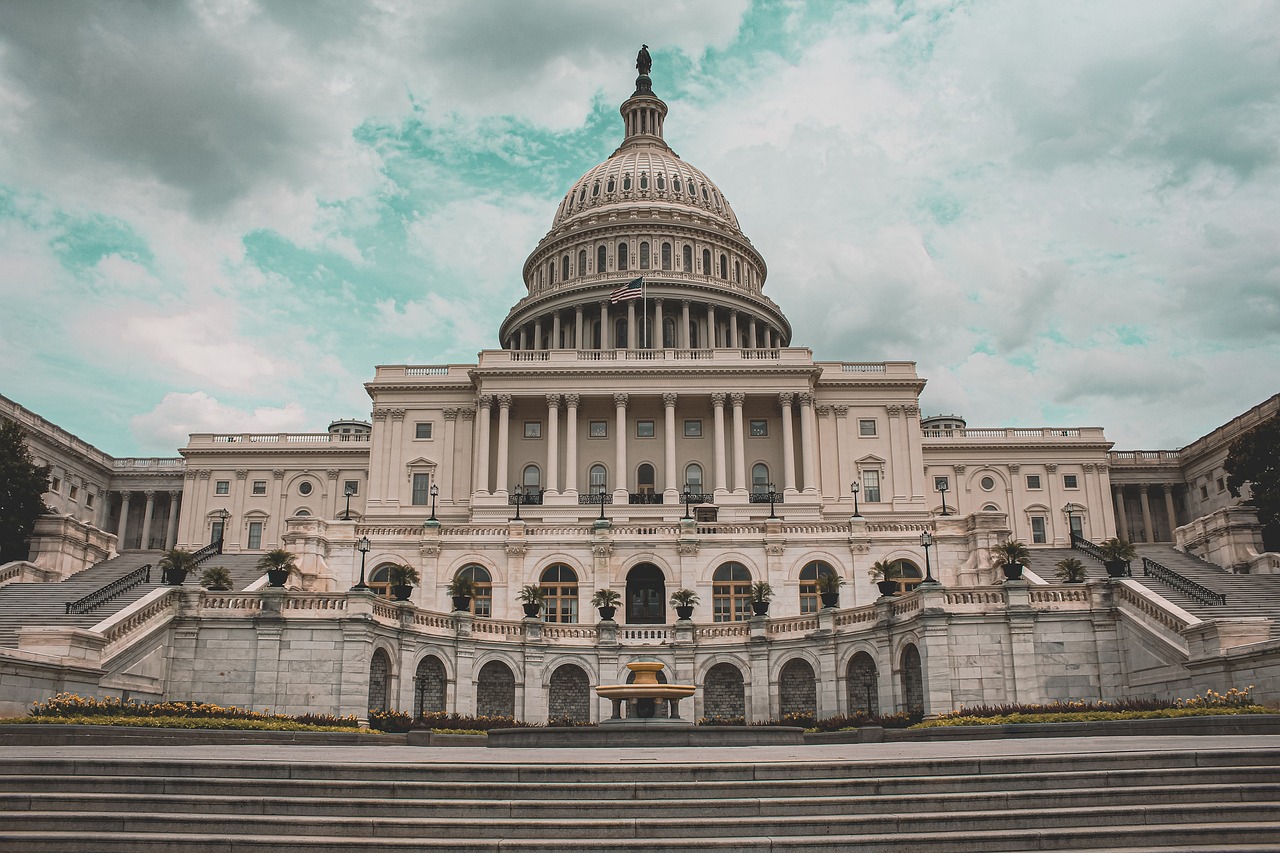At midnight on Tuesday (7 a.m. Wednesday CET), the United States entered its first federal government shutdown in six years. Lawmakers failed to reach a funding agreement before the start of the new fiscal year on October 1.
The last shutdown in 2018–2019 lasted 35 days, cost the economy an estimated $11 billion, and left 800,000 federal employees without paychecks. This time, Democrats and Republicans were again unable to compromise, leading to widespread suspensions of government operations.
What happens in a shutdown?
Each fiscal year, Congress must approve spending bills to keep federal agencies running. If no agreement is reached – or no temporary “continuing resolution” is passed – large parts of the government close down.
Not everything stops. Border security, air traffic control, law enforcement and hospital services continue. But hundreds of thousands of federal employees are placed on furlough without pay. While previous shutdowns eventually provided retroactive compensation, many households are forced into financial uncertainty.
Services most affected
- National parks and museums may close or operate with limited staff.
- Food safety inspections could be scaled back.
- Preschool programs and student loan processing may be suspended.
- Social services such as food stamps and childcare support risk delays.
- Medicare and pensions continue, but new applications may not be processed.
- If the shutdown drags on, ripple effects could include travel disruptions, delayed permits, and further economic damage.
Historical background
Since 1980, the U.S. has seen 15 shutdowns – partial or full – as Congress failed to pass the required 12 appropriations bills. The 2018 shutdown, triggered during President Trump’s first term over border wall funding, was the longest in U.S. history.
Analysts warn that today’s political climate could make the current standoff even more severe. Some Republican voices see shutdowns not only as bargaining tools but also as a way to permanently shrink parts of the federal workforce by leaving “non-essential” jobs unfunded.









